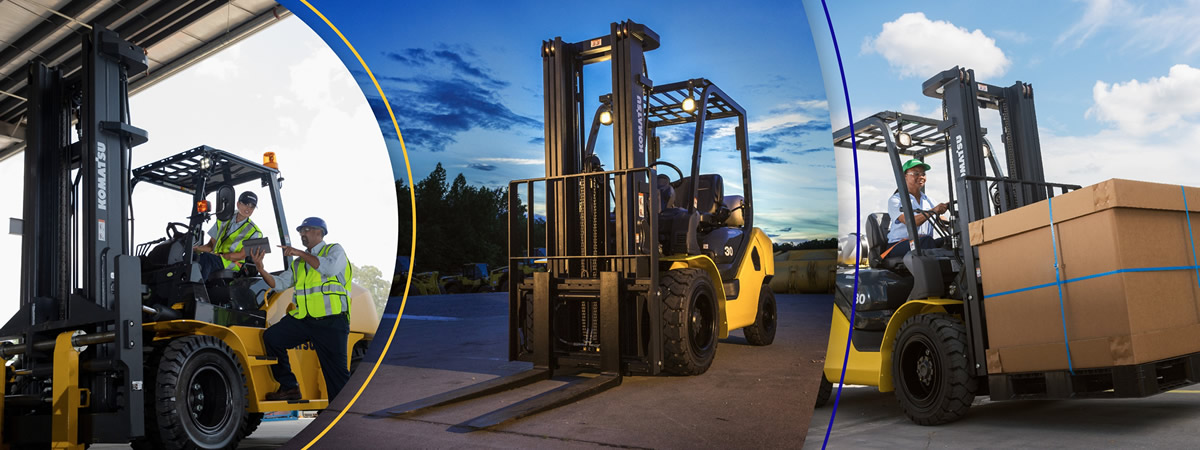
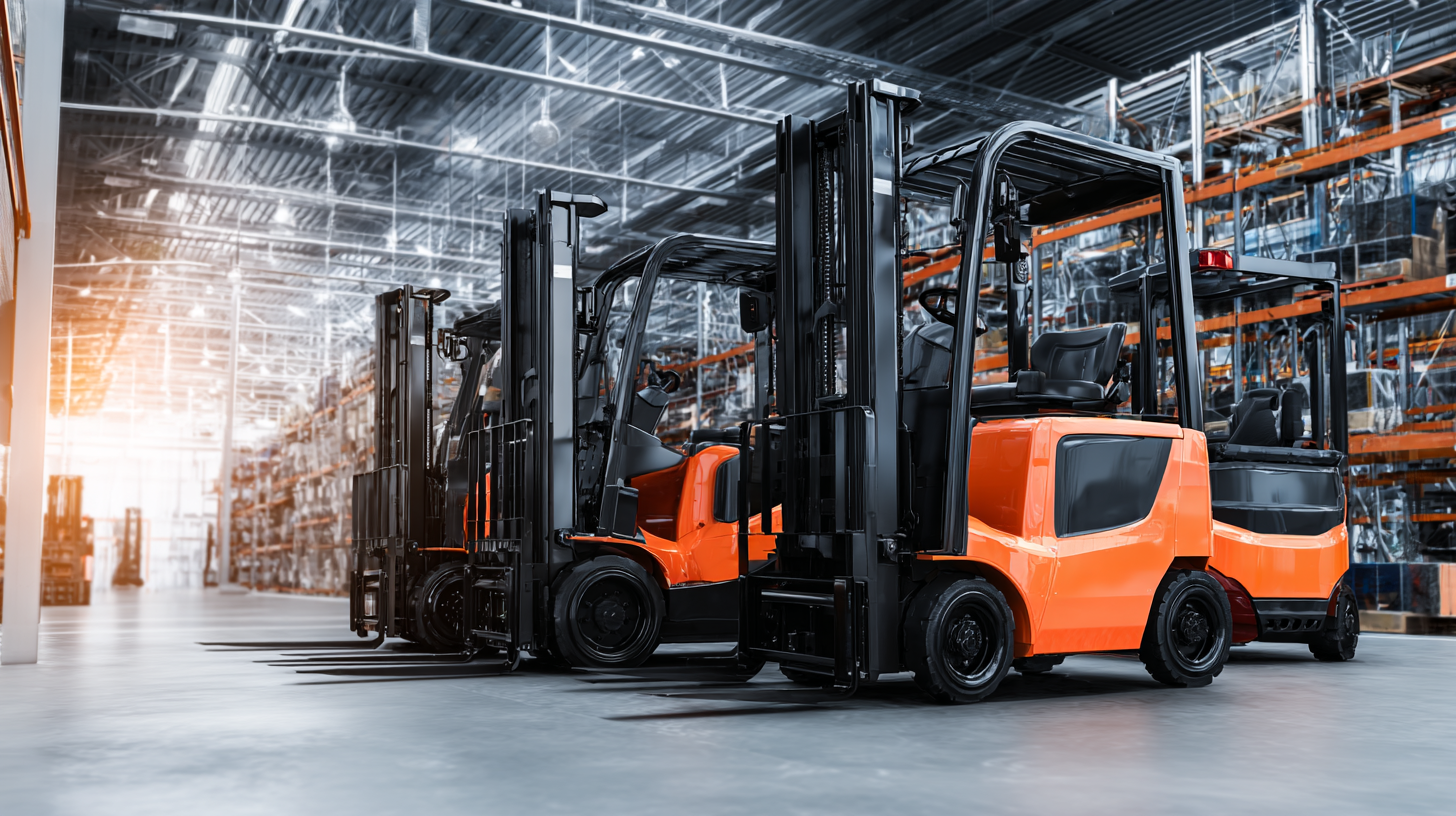 Choosing the right forklift classes is crucial for enhancing the efficiency and productivity of your warehouse operations. With a variety of forklift types available, each designed for specific tasks and environments, it can be overwhelming to determine which class best suits your needs.
Understanding the unique capabilities and limitations of different forklift classes not only helps in optimizing material handling processes but also ensures safety and compliance within your facility.
This guide will walk you through the factors to consider when selecting the appropriate forklift classes, including
load capacity,
maneuverability, and operational environment.
By making informed choices regarding your forklift fleet, you can significantly improve warehouse efficiency and streamline your workflow.
Choosing the right forklift classes is crucial for enhancing the efficiency and productivity of your warehouse operations. With a variety of forklift types available, each designed for specific tasks and environments, it can be overwhelming to determine which class best suits your needs.
Understanding the unique capabilities and limitations of different forklift classes not only helps in optimizing material handling processes but also ensures safety and compliance within your facility.
This guide will walk you through the factors to consider when selecting the appropriate forklift classes, including
load capacity,
maneuverability, and operational environment.
By making informed choices regarding your forklift fleet, you can significantly improve warehouse efficiency and streamline your workflow.
When considering the right forklift classes for your warehouse, the first step is to identify your specific operational needs. Different warehouses have unique layouts and product types, which necessitate varying forklift capabilities. For instance, if your facility has narrow aisles, you may require a reach truck or a narrow aisle forklift that can efficiently navigate tight spaces, maximizing storage density. Conversely, if your operations involve heavy lifting, a counterbalance forklift with a higher weight capacity may be essential.
Additionally, the nature of your goods plays a crucial role in forklift selection. If you handle delicate items, electric forklifts offer smoother handling and less risk of damage compared to their gas-powered counterparts. On the other hand, if your warehouse operates in outdoor environments or requires lifting in harsh conditions, considering all-terrain models could enhance your service efficiency. Conducting a thorough assessment of your warehouse's dimensions, inventory characteristics, and daily workloads will guide you in selecting the most appropriate forklift types to optimize productivity and ensure safe operations.
When choosing the right forklift classes for your warehouse, it’s essential to understand their distinct functions and capabilities. Forklift classes are categorized based on their design and application, including electric, internal combustion, and specialized forklifts. For instance, class 1 electric forklifts are perfect for indoor use in warehouses where noise and emissions are a concern, whereas class 5 internal combustion forklifts are versatile for both indoor and outdoor use, particularly good for handling heavy loads over rough terrains.
Tips: When selecting forklifts, consider the specific needs of your warehouse environment, including space constraints and load requirements. Additionally, prioritize operator training to ensure safety and efficiency. Understanding the weight capacity and maneuverability of each forklift class will help optimize warehouse operations and enhance productivity.
Another critical factor to consider is whether the forklift will be used primarily for lifting or transporting materials. For example, if your operations require extensive vertical lifting, a class 2 or class 3 forklift might be more suitable. By assessing your warehouse's layout and logistics, you can effectively match the forklift class to your operational needs, ultimately improving efficiency and reducing downtime.
When selecting the appropriate forklift classes for your warehouse, a thorough evaluation of your space and layout is essential. According to the Material Handling Industry of America (MHIA), over 80% of warehouse efficiency issues stem from inadequate equipment choices. To optimize your operations, consider factors like aisle width, ceiling height, and the overall flow of goods within your facility. For instance, narrow aisle forklifts are ideal for warehouses with limited space, allowing for maximized storage without sacrificing maneuverability. The right forklift class can significantly enhance your capacity to store and retrieve products efficiently, ultimately impacting your bottom line.
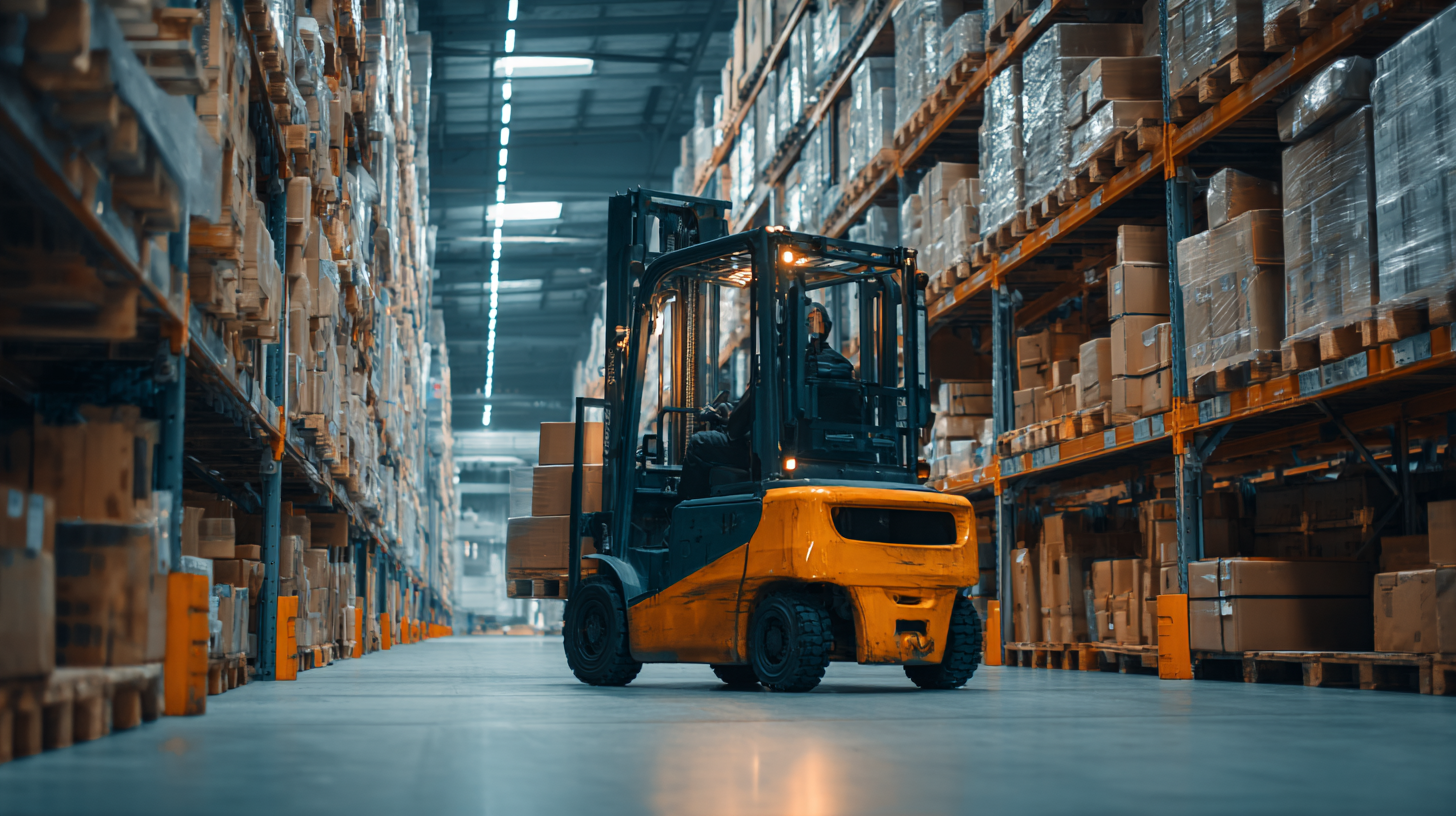
Furthermore, understanding how various forklift classes interact with your warehouse layout is crucial. A study by the National Forklift Safety Council indicated that choosing the wrong type of forklift can lead to operational bottlenecks, raising costs by up to 20%. Electric forklifts might be more suitable for indoor use where the air quality is paramount, while internal combustion engine forklifts can perform better in outdoor settings. By carefully assessing your warehouse's dimensions and traffic patterns, you can select forklifts that not only match your specific needs but also promote safe and efficient operations, allowing you to maintain a competitive edge in your industry.
When selecting the appropriate forklift class for your warehouse, it's imperative to begin with an assessment of your operators' skills and their safety training requirements. Operators must be well-trained not only in the basic functions of the forklift but also in understanding the specific nuances of different classes. For example, a Class 3 electric-powered forklift operates differently than a Class 5 internal combustion unit. A comprehensive training program that emphasizes hands-on experience is essential, ensuring operators can efficiently use the equipment while adhering to safety protocols.
In addition to initial training, ongoing assessments are crucial in maintaining high safety standards. Regular refresher courses can help reinforce essential skills and update operators on any changes in safety regulations or equipment technology. Furthermore, evaluating individual operator performance can highlight areas that may require additional training, ultimately fostering a safer work environment. By prioritizing operator skills and adherence to safety training requirements, warehouses can significantly enhance their operational efficiency and reduce the likelihood of accidents.
| Forklift Class | Description | Operator Skills Required | Safety Training Requirements |
|---|---|---|---|
| Class I | Electric Motor Rider Trucks | Basic driving skills, Load management | Certification, Emergency procedures |
| Class II | Electric Narrow Aisle Trucks | Precision operations, Spatial awareness | Certification, Proper stacking techniques |
| Class III | Electric Hand Trucks | Manual handling, Safety awareness | Safety awareness training |
| Class IV | Internal Combustion Engine Forklifts (Cushion Tires) | Operating in compact spaces, Load distribution | Certification, Fire safety protocols |
| Class V | Internal Combustion Engine Forklifts (Pneumatic Tires) | Driving on rough terrain, Stability understanding | Certification, Terrain hazard training |
| Class VI | Electric and IC Tractors | Towing operations, Additional controls | Certification, Towing safety training |
| Class VII | Forklift Trucks (Specialized) | Special handling techniques, Equipment specifics | Specialized training, Hazard recognition |
When selecting the right forklift classes for warehouse efficiency, a thorough cost analysis is paramount. The total cost of ownership (TCO) plays a critical role in budgeting for forklifts. According to recent industry research, the global forklift trucks market is expected to grow significantly, with Australia alone anticipating a market size of approximately $1.36 billion by 2024, reflecting a growth rate of 45% by 2033. This rapid expansion underscores the necessity for businesses to analyze their financial commitments, not just in terms of initial purchase price but also in maintenance, operational costs, and potential downtime.
Moreover, as the market shifts toward more sustainable options, the cost competitiveness of hydrogen fuel cell electric vehicles (FCEVs) is becoming more apparent. A comparative TCO analysis highlights that while the upfront cost may be higher, the long-term savings on fuel and maintenance could favor these advanced technologies. Therefore, organizations need to carefully evaluate their choices, considering both traditional forklifts and emerging technologies to maximize their budget efficiency while enhancing overall warehouse operations.

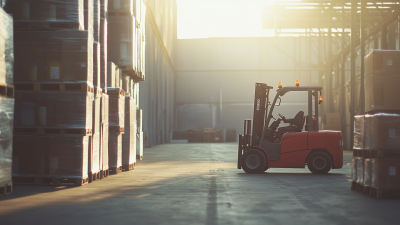
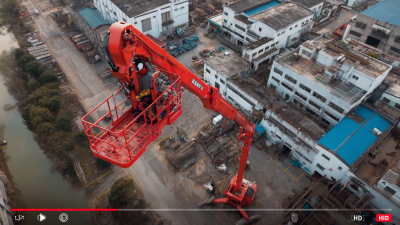
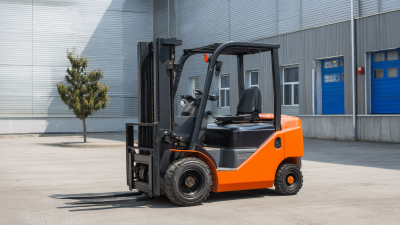
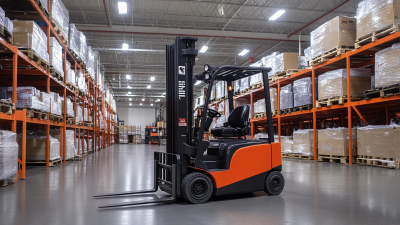
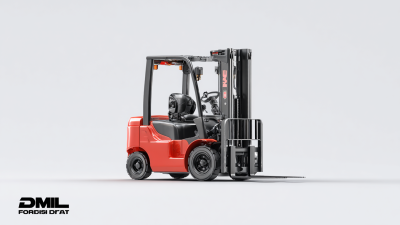
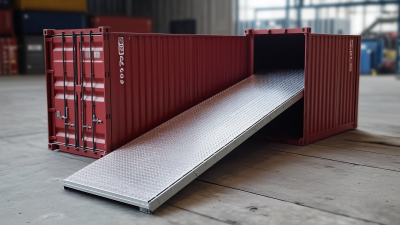
Content © 2025 Komatsu. All Rights Reserved
